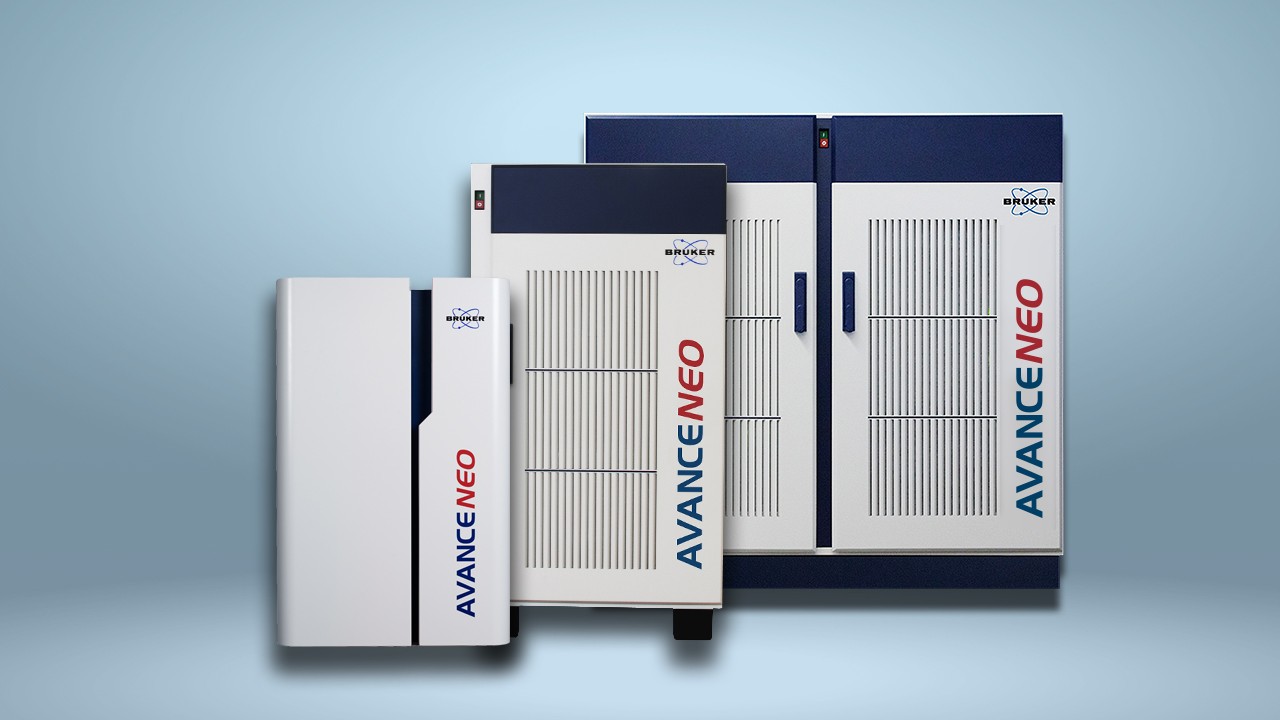

Nutritious Krill Oil Obtained by Novel Environmentally-Friendly Extraction
“This study not only provides novel approaches for valuable applications of Antarctic krill, but also a theoretical basis for the extraction and application of krill oil.”
Antarctic krill represents a rich biomass, comprising up to 15% protein and 0.4%–3.6% lipids. It is also a rich source of the omega‐3 polyunsaturated fatty acids eicosapentaenoic acid (EPA) and docosahexaenoic acid (DHA) that are known to help maintain cardiovascular health. In addition, it contains the potent and naturally occurring antioxidant astaxanthin, which provides health‐promoting properties such as reducing the incidence of inflammation, cancer, diabetes, immune function, and hyperlipidemia. Consequently, krill oil has become a valuable food supplement.
Krill oil aims to provide the health benefits typically obtained from fish oil but has several advantages over fish oil. Krill oil is associated with increased omega 3 bioavailability and does not have the strong after taste that deters many people from taking fish oils. In addition, it has additional anti-inflammatory effects that are not provided by fish oil. The main factor limiting use of krill oil is the challenging extraction process.
Traditionally, krill oil was extracted from the crustaceans using acetone and ethanol in a laborious two-step extraction process. More recently krill oil has been obtained more efficiently by using freeze‐dried krill, which enables one‐step extraction with isochoric ethanol and acetone. This process, however, is expensive and so is not suitable for production of krill oil on a large scale. Furthermore, both methods require the use of solvents that are damaging to the environment.
A novel methodology for the extraction of krill oil has recently been described using the solvents ethanol and hexane, which are environmentally friendly. The krill oil obtained using the new extraction process was compared with that obtained using the traditional subcritical extraction method. Phospholipids, fatty acid and antioxidant content of the krill oil resulting from each extraction method were analysed by Nucear Magnetic Resonance (NMR) using a Bruker AVANCE Spectrometer 500.
Using a ratio of ethanol to hexane of 4:6, the lipid yield with the novel extraction process was similar to that achieved with subcritical butane extraction (approaching 98%). The recovery rate of ethanol and hexane was 83.6% and 86.86%, respectively.
Using the novel ethanol-hexane extraction, krill oil was recovered from both the hexane and ethanol layers. The antioxidant content was high in both of these krill oils. In contrast, krill oil in the ethanol layer contained more phospholipids and more omega‐3 polyunsaturated fatty acids. Unfortunately, the higher nutritional value of the krill oil from the ethanol layer was offset by the high water content that would affect its shelf-life.
The novel, more environmentally-friendly extraction method thus allows the production of krill oil of high nutritional value. Further, modifications to the technique are required to reduce the water content of the krill oil in the ethanol layer.
Resources:
Sun W, et al. The comparison of krill oil extracted through ethanol–hexane method and subcritical method. Food Science & Nutrition 2019;7(2). https://doi.org/10.1002/fsn3.914


